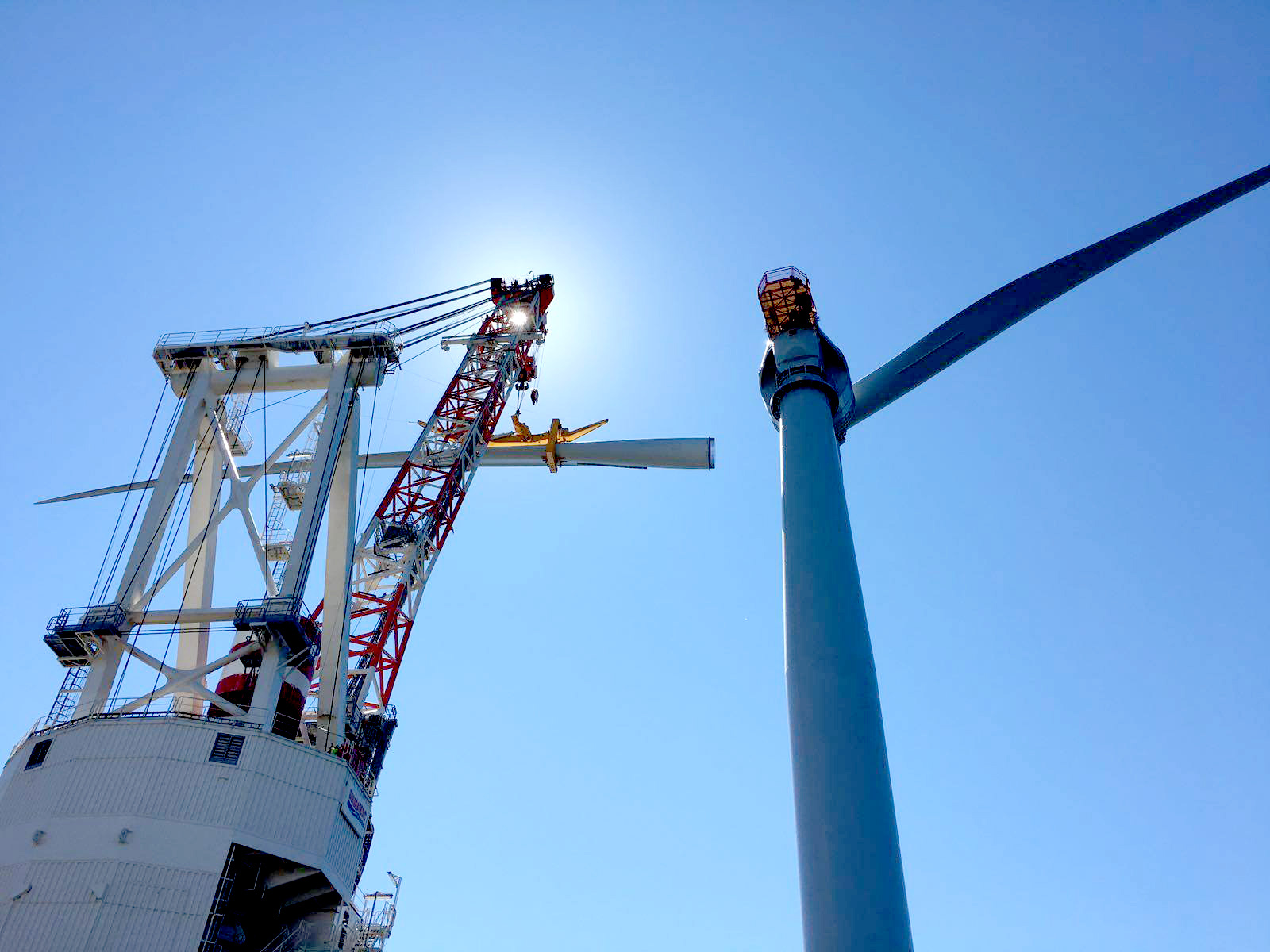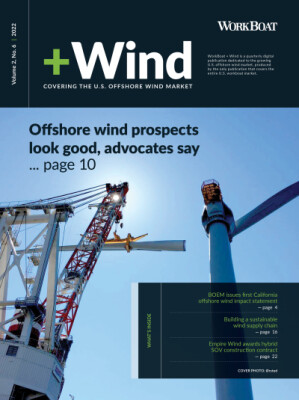What will it mean to create the capacity to build 350-foot-long turbine blades? Who will create the specialized vessels that create and support these facilities? These are some of the questions explored in this month's issue of Workboat + Wind, with other stories that cover:
- BOEM issuing the first California offshore wind impact statement
- What it means to build a sustainable wind supply chain
- Empire Wind awarding a hybrid SOV construction contract
Sponsored by:
As the world's leading offshore classification organization, ABS is in a unique position to support the evolving offshore wind market.
ABS is actively supporting the development of the offshore wind energy sector and has classed approximately 80MW installed capacity of floating wind installations.
ABS is a trusted advisor by providing classification, and independent verification and certification services for offshore wind projects globally. With extensive knowledge of U.S. regulations and deep involvement with the entire offshore wind supply chain in the U.S., ABS is the ideal partner for highly specialized Jones Act projects and vessels for the U.S.






